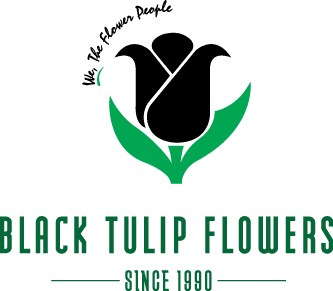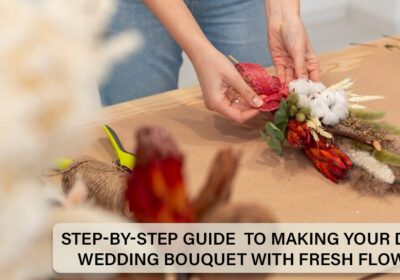
5 Best non-flowering plants for Qatar gardens in winter
Gardening in Qatar is associated with various challenges, such as dry weather and high temperatures. Landscaping in Qatar is best done during the winter when temperatures are lower and the sun is less harsh. While most people think of colour through flowering plants, plants that do not produce flowers provide beauty and durability all year round. Such plants can survive the harsh Qatari weather and provide texture, form, and greenery. Here is the list some of the very best plants that do not produce flowers ( non – flowering plants ) for gardens in Qatar in the winter.
1• Ferns (Nephrolepis exaltata)
Gardens can have a lot of texture and color without the use of flowers, and ferns prove to be one of the most effective options for such cases. Their soft, plume-like leaves flourish in the cold and chilly wintry months in Qatar. Ferns like shade and cool, damp earth and are, therefore, very useful while creating a green environment for a garden. Outdoor ferns are well-suited to interior areas since they have adapted to survive in dim light, high humidity, & small spaces. Also, Ferns are not that complex plants to manage. Birds’ Net Ferns, Boston Ferns, Staghorn Ferns, and Button Ferns are some of the best ferns that can be used both indoors and outdoors.
Caring Tips :
water your plant regularly, but avoid water logging
It’s best to provide partial shade for optimal growth.
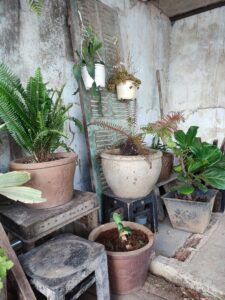
2. Sago Palm
Sago Palm is a robust decorative plant that looks like a palm but is actually a cycad plant that does not mind the long periods of drought experienced in desert countries like Qatar. Its erect and dark green leaf structures are palm-like in appearance but much smaller in size. This species copes well with changes in temperatures and hence can be used in vernal gardens.
Care Tips:
Water regularly during the growing season
Ensure well-drained soil.
Get some direct sun in the morning or evening
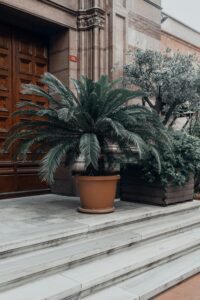
3. Sansevieria Trifasciata (Snake Plant)
Because of the extreme weather conditions that Qatar experiences during the winter, snake plants have been found to be resilient enough to grow in such regions. Their short, erect, and thin leaves contribute to the modern and architectural feel of gardens. Because snake plants are resilient, dry conditions can be handled, which makes them also suitable for winter.
Better known as a Mother-In-Law’s Tongue, snake plan is one of the most common plants to have at home because of its beauty and usefulness. . They adjust easily to low light and medium light and don’t need too much water. They are also said to have the ability to purify the air. These properties make it the ideal indoor plant to cultivate not only during winter but throughout the year as well
Care Tips:
• Please remember to water the plant sparingly.
• They do well in both low light and full sun.
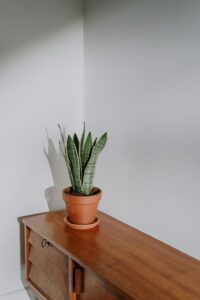
4. Succulents (Aloe Vera Gel, Haworthia, Agave)
Succulents are the most successful type of plant in any desert climate because they endure the winter in Qatar very well. Aloe vera, Haworthia, and Agave, among others, are the most common types. Succulents require less water and thrive in dry areas. It can be challenging for those in warmer regions who enjoy desert plants and want to grow succulents outdoors in winter. Since all the succulent plants we know of are sun-loving, there might be no species of succulent that can survive freezing snow weather. For instance, Resilient Sempervivum Red Lion is a tough and low-maintenance succulent plant that looks beautiful in pots. It can survive harsh rains and thrives in cold outdoor climates, making it perfect for ornamental gardens.
Care Tips:
– Ensure you have a well-draining soil mixture.
– Water occasionally while ensuring the soil has dried up completely after the last watering.
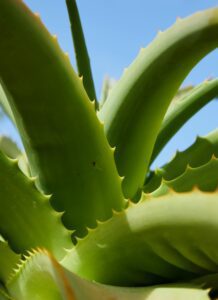
5. Ficus (Ficus elastica, Ficus benjamina)
Ficus Plants are a kind of non-flowering ornamental plant that is very easy to grow and is considered a popular plant for beginners. They are excellent for adding volume to your Qatar Garden during winter. Their glossy, large leaves create a dense, evergreen presence in garden spaces. For the indoors in Qatar, it doesn’t matter. It is a house considered. Vary, office space or hotel. Ficus is adaptable to both indoor and outdoor environments. Still, they can thrive outdoors in a shaded area during Qatar’s mild winters.
Care Tips
• Regularly feed your Ficus, attempt to reduce its environmental fluctuations, and use water in moderation.
• The Ficus Regina is best maintained when sufficient space is provided for root expansion.
• Avoid the sun’s intense, direct rays because they may scorch the leaves.
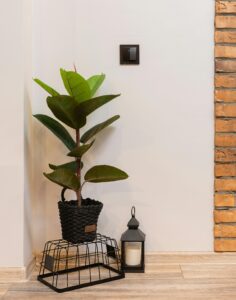
Conclusion
In Qatar, winter gardening does not necessarily have to involve flowering plants. Still, non-flowering plants like bamboo and succulents play a significant role in both indoor and outdoor gardening, being the less maintenance one. These non-flowering plants add vibrancy, texture, and structure to any garden all year round. Given the proper care, they can also flourish in the harsh conditions of Qatar. It does not matter whether you want to find something green for the shaded areas or want some low-care plants that can endure drought. These plants will make your garden look green and healthy even in the cold season.
Other Non-flowering Plant Suggestions
• Moss. This plant acts as a thick ground cover and can be used in terrariums and rock walls.
• Conifers: Conifers, which include pines, cypress, and junipers, do provide an evergreen element that serves a key role in the design, and therefore, these plants are highly recommended.
• Grasses: Ornamental grasses add movement and texture to your garden. Popular options include Pampas grass, Miscanthus, and Pennisetum. Other varieties like Fountain grass, Feather grass, and Blue fescue can be added as they are visually appealing.
• Cycads: These ancient plants’ branches look like palm trees, but they do not belong to the same family. They are slow in growth and tolerate a lack of rain.
• Bamboos: These fast-growing vertical plants fit well in many places owing to their different sizes, from tiny rich-green ones to very long cylindrical giant ones. They can be used as hedges, screens, or to emphasize one particular space.
It is wise to use plants that are suited to Qatar’s weather and soil types. Given proper design and care, a garden filled with attractive, non-flowering plants that are low maintenance is feasible.
Nonflowering Plants FAQs
What are nonflowering Plants?
Plants are divided into flowering and non-flowering plants based on seed production. Non-flowering plants do not produce seeds, flowers, or fruits and are divided into two categories: those that reproduce via spores (cryptogams) and those that reproduce via seeds, such as gymnosperms.
What is the difference between flowering and non-flowering plants?
The fundamental distinction between flowering and nonflowering plants is based on three parameters.
• Flowers: It is present in flowering plants. It is absent in non-flowering plants.
• Seeds: in fruit. Non-flowering plants have seeds: Out of fruit.
• Reproduction: Flowering plants reproduce through seeds, while non-flowering plants reproduce by means of spores or any other means.
Give some examples of nonflowering ornamental plants?
Qatar’s beautiful non-flowering ornamental plants include ferns, cycads, bamboo, succulents, and quite a few grasses. These plants come in a wide range of textures, shapes, and sizes, making the garden attractive even without flowers.
What are some popular non-flowering house plants in Qatar?
Succulents like Aloe vera, Echeveria, Haworthia, and Lithops are excellent due to their low-maintenance nature. Ferns like Boston ferns and Bird’s nest ferns add a touch of greenery to your indoor space, and dwarf bamboo varieties are some of the popular non-flowering houseplants.
What are some of the best nonflowering water plants?
While Qatar’s climate may not be ideal for water gardens, some non-flowering water plants, such as water lilies, hyacinths, and lettuce, can thrive in containers or ponds.
What are some examples of non-flowering plants?
Here are 20 examples of non-flowering plants:
Ferns (Boston fern, Nest fern, Staghorn fern), Cycads (Sago palm, Zamia), Bamboos (Phyllostachys, Bambus), Succulent (Aloe Vera, Echeveria, and others), Grasses (Pampas grass, Miscanthus, Pennisetum) Mosses, Conifer hooph (Pine, cypress, juniper), Maiden hair ferns, Rabbit’s foot fern, Asparagus fern, Echeveria, Haworthia, Lithops, Fountain, Feather, Blue fescue, Liverworts, Hornworts
